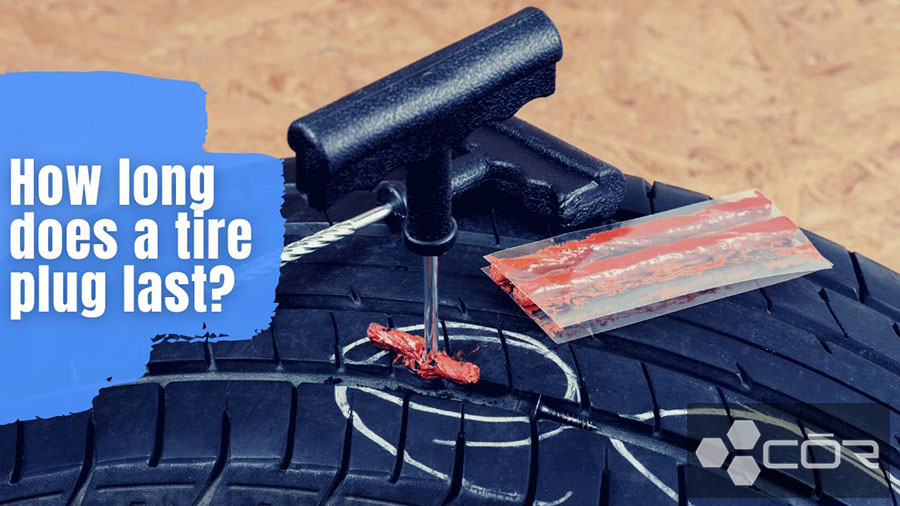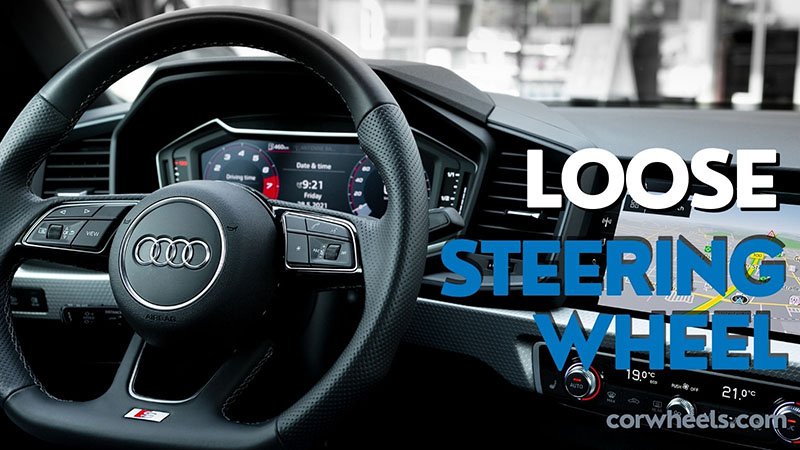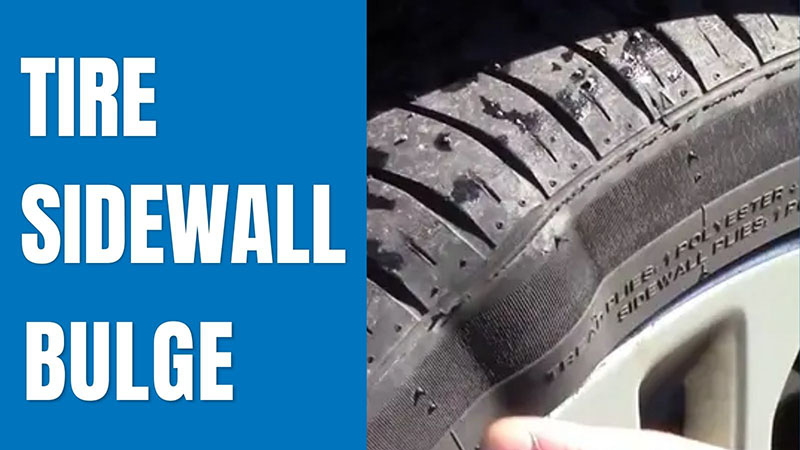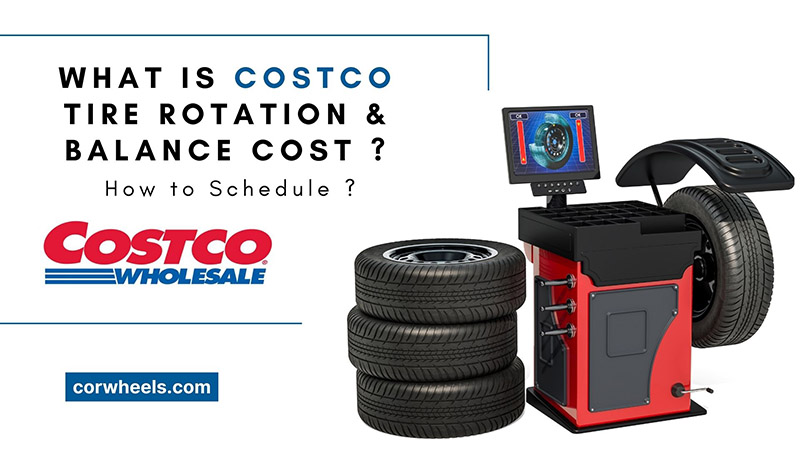Once your tire suffers from a puncture, a patch comes out as one of the cheapest solutions. However, it would help if you considered whether this fix is worth this investment. The mechanic may suggest a new installation if the extent of damage stays beyond repair. What about the tire repair cost? Scroll down to learn how much to patch a tire!
In this article:
How Much Does It Cost To Get A Tire Patched?
DIY patching charges you around $6, but the average cost to patch a tire goes up to $10-40 at auto repair shops. When you perform the task at home, the payoff only covers the material price ($6 for patches and $0.10 for sealant). However, qualified care adds costs for labor time and professional technique.
Despite a simple process, the mechanic has allotted time to deliver good customer service. Assuming an appointment lasts about 15 minutes, the amount for his effort falls somewhere between $25-30 (the average labor rate is from $100-120/hour).
Additionally, you sometimes receive suggestions for other necessary services such as alignment, oil changes, etc. Remember that all of these increase the final cost of patching a tire.
Is Your Tire Patchable?
When you come across a flat tire, the first must-do thing is to restrict the speed rating, which otherwise creates excessive pressure and destroys the internal structure. Then find out what caused the poor condition. If it is not visible to the naked eye, touch the surface with your hand to identify the culprit.
Unfortunately, not all punctures can be patched. The mechanic makes a final decision after certain tests, but you can also make the diagnosis yourself. Take the two tests below immediately after the two steps listed above.
Length Test
This exercise focuses on the gap between the puncture and the tire sidewall. For on-site practice, use your thumb as a measure. If the distance is within 2 inches (equal to your finger length or more), you should do nothing but pay for a new item.
But why is this damage irreparable? Tire shops go against the law if they insist on providing such a solution. Your safety matters here, as the patches close to the sidewall fail to stop air leaks. The subpar tire tread poses a serious risk of a blowout, doing harm to the driver and other road users.
Edge Test
The owners now move on to detecting the severity of the puncture through its size. The nail puncture often possesses the same length as the diameter of the sharp object that caused it. If the wound is larger than 2½ inches, your tire should go to waste.
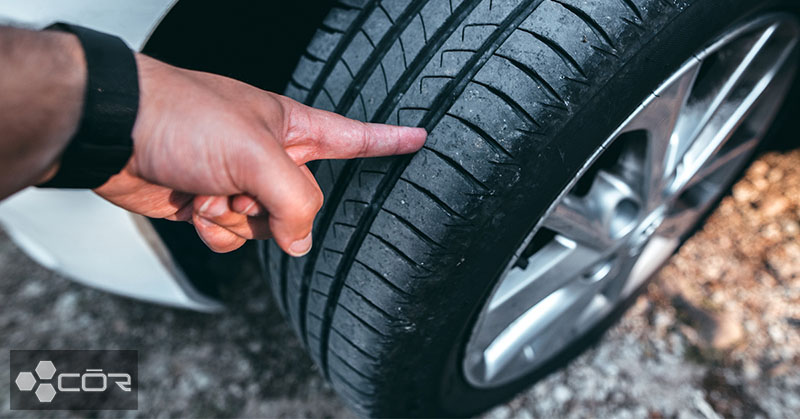
This is because patches, be it the largest ones, cannot cover such a wide area. Even if it did, it would be impossible to seal the inner liner completely, thus allowing air to leak out.
You are out of luck when your car is pierced by large shards of glass or sheet metal or hits a pothole. These incidents often leave a huge puncture, and there is no extra thing an experienced mechanic can do.
When Not To Patch
Apart from the two symptoms above, patching is not worth your money in the following cases:
- It appears at a strange angle.
- Your sidewall also suffers from serious damage.
- You notice bulging or bubbles in the rubber.
- Your tire has already endured a patch near the current hole.
- Another problem happens with your tire.
What’s Involved In Tire Patching?
Thoughtful patching at a trusted auto shop typically goes through the following seven steps:
- Identify leaks with specialized tools.
- Lift the car with the floor jack and remove the tire.
- Use the tire spoon to remove the rim.
- Get an air grinder to clean the hole. Then let the grinding stone roughen the surrounding area. Spray compressed air inside to remove dirt and apply vulcanized cement.
- Push the patch through the hole and use the roller to flatten as much as possible.
- Apply sealant on the inside of the tire.
- Reinstall the rim and the tire.
- Extra services (optional)
Is it simple? True, but the problem is that drivers do not equip the tire machines needed for this task at home. As a result, they often struggle for a long period to get everything done.
However, if you still want to do it yourself, we have simplified the tire patching process with some basic tools and effective tips below.
How To Patch A Tire Yourself At Home
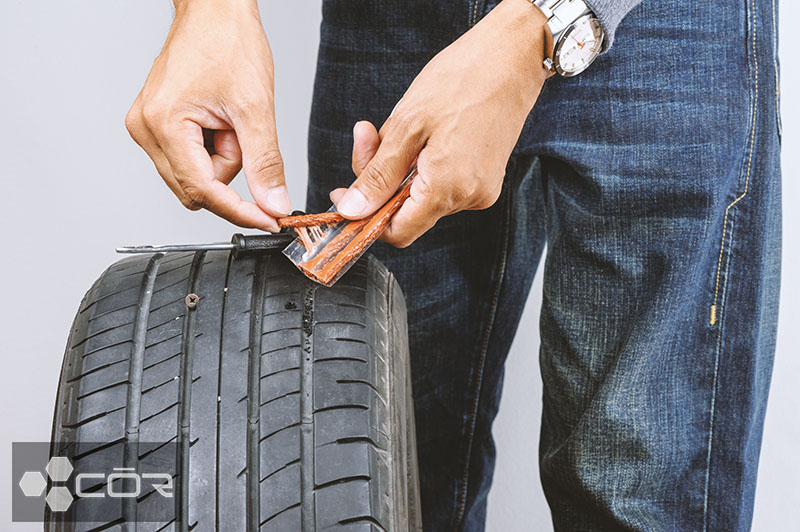
Finding The Leak
There are many scenes for you to find punctures, for example, inspecting with your eyes, listening to a hissing sound, or feeling with your hands. But soap and water come in handy if nothing else works for you.
Mix these two solutions in a bottle and spray on the tires. Observe the rubber surface and find the area where many bubbles are concentrated. That’s how you spot the leak.
Removing The Tire
Loosen the nuts with a wrench and raise the car. Only then do you remove the button lugs and pull the wheel out of the frame. Use pliers to pull out the foreign object from the surface.
Twist off the valve cap and release the pressure by pressing down the metal pin using a needle-like tool. Let the hammer break the bead between the tire and the rim on both sides of the tread. This makes it easier to pry the rim off the tire. A useful tip is to start on one side first. Insert the pry into the grooves and move it around until one part comes loose.
For more: How to take a tire off a rim?
Patching
If you do not have an air sander, buy sandpaper to clean the hole and the inner lining. This step is important to create a smooth surface for better sealing. Make sure you clean all debris and dirt before working with the patch.
Peel off the patch seal and push this contact surface into the hole. Use sharp pliers to pull the tip through the puncture from the inside out. Cover the entire current area with tire sealant and let it dry.
Reinstall The Tire
Spray the initial solvent over the tire tread to lubricate the inner ring. Reinsert the tire in the same way as for disassembling, then inflate the tire. We recommend taking a new core any time it is loose. Finally, reinstall the wheel and tighten the lugs.
FAQs
Is Tire Patching Better Than Plugging?
Yes.
Most people believe this to be true. Patches can cover a large or uneven area. At the same purchase price, it lasts longer than the tire plug, so it turns out to be cost-effective in the long run.
See more: Tire Plug Vs. Patch
How Long Does A Patched Tire Last?
A patched part lasts up to 5 years or until the tread is worn. If you perform proper maintenance, riding long distances is never a big deal.
How Long Does It Take To Patch A Tire?
Professional flat tire service should never last more than 15 minutes unless you ask for extensive repairs. If you do it at home, a procedure may take 30 minutes or more, depending on your experience.
Is Patched Tire Safe?
Yes.
Under favorable conditions, a tire patch leaves you peace of mind. However, it is better to install a new item if you tend to surpass the speed and load limit.
Conclusion
Tire patch cost varies depending on how and where you perform the service, but overall, it is a simple and inexpensive maintenance. The most important issue is whether it is worth your money or not. If your tire has displayed some red flag, leave it alone and shop for a new one for your safety.



